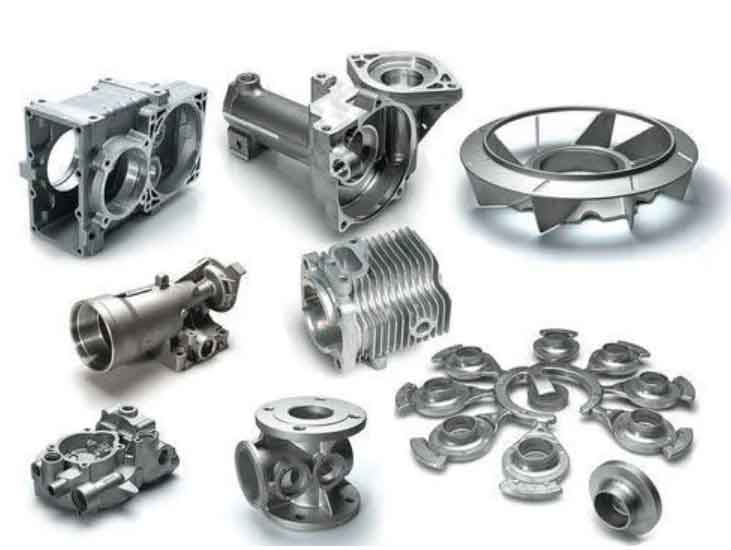Grey cast iron is characterized by its unique microstructure, which consists of graphite flakes dispersed in a matrix of ferrite and pearlite. This microstructure imparts specific mechanical properties that make grey cast iron suitable for various applications. Let’s delve into the microstructure and mechanical properties of grey cast iron:

Microstructure:
- Grey cast iron’s microstructure primarily consists of graphite flakes and a matrix of ferrite and pearlite phases.
- Graphite flakes are formed during solidification, and their size and distribution significantly influence the material’s properties.
- The presence of graphite in the microstructure imparts the characteristic grey appearance and gives the material its name.
Mechanical Properties:
- Good Machinability: The presence of graphite flakes in grey cast iron enhances its machinability. The flakes act as a lubricant during machining, resulting in smoother cutting and reduced tool wear.
- High Compressive Strength: Grey cast iron has high compressive strength, making it suitable for applications where it needs to resist compressive loads.
- Excellent Wear Resistance: The graphite flakes provide solid lubrication, giving grey cast iron excellent wear resistance. This makes it suitable for applications where sliding or abrasive wear is a concern.
- Low Tensile Strength and Ductility: Grey cast iron has relatively low tensile strength and ductility compared to other cast irons and metals. Its brittleness makes it less suitable for applications involving tensile stresses.
- Good Heat Retention: Grey cast iron’s microstructure enables it to retain heat effectively. This property makes it ideal for applications like cookware, where even heat distribution is crucial.
- Good Damping Capacity: The graphite flakes in grey cast iron contribute to its excellent damping capacity, making it useful for applications requiring vibration absorption.
- Limited Impact Resistance: Due to its brittleness, grey cast iron has limited impact resistance, which may restrict its use in applications exposed to impact loads.
- Thermal Conductivity: Grey cast iron has good thermal conductivity, making it suitable for applications that require efficient heat transfer.
Grey cast iron’s microstructure and mechanical properties make it a desirable material for applications where wear resistance, machinability, heat retention, and damping capacity are essential. Its unique combination of properties makes it a versatile choice for various industrial components, automotive parts, cookware, and other applications where its specific characteristics can be effectively utilized. However, designers and engineers should carefully consider its limitations, especially its low tensile strength and impact resistance, when selecting grey cast iron for specific applications.
